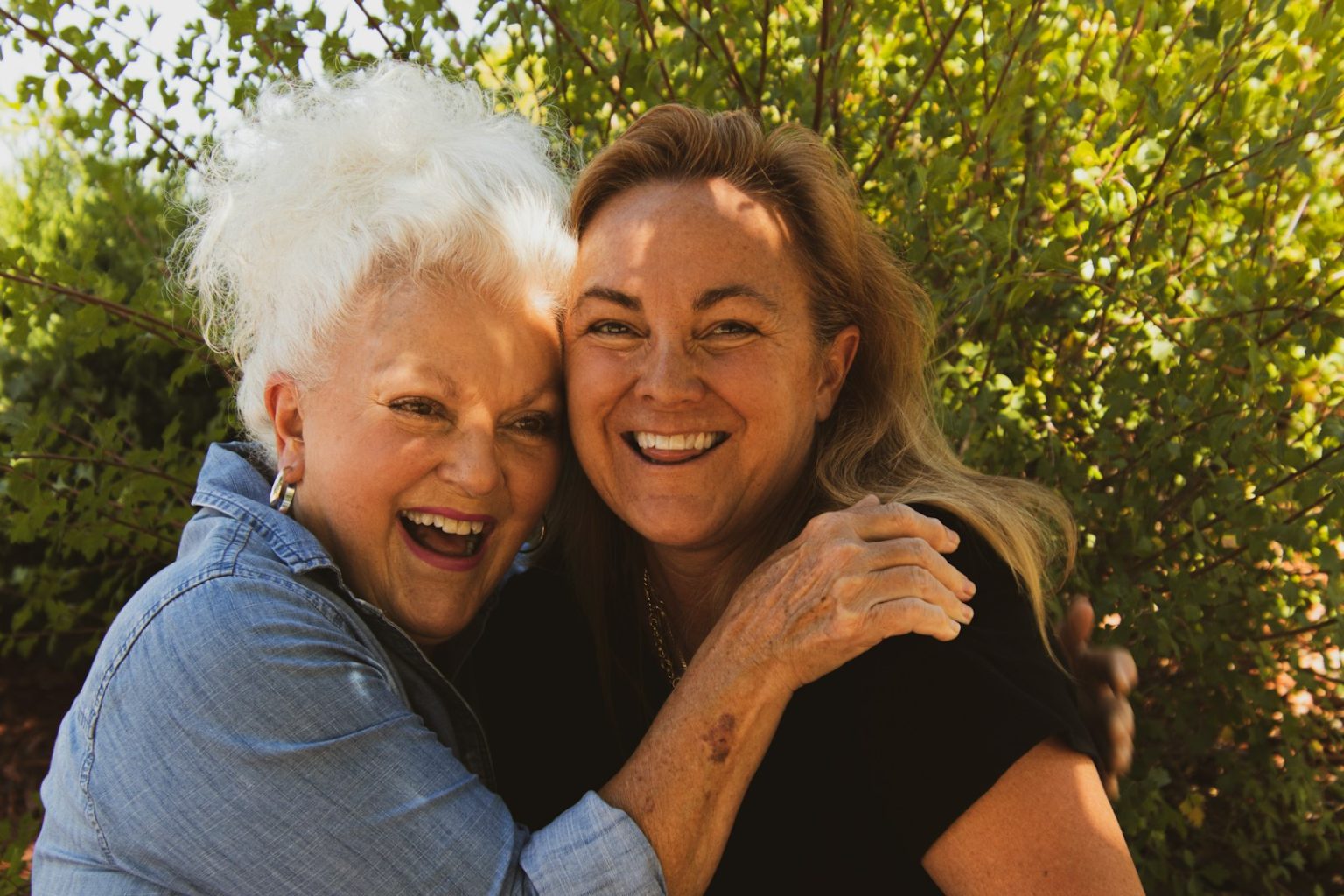Bob Millar first saw signs that something was amiss with his mother, Doti, in 2019. At first, it was just occasional difficulty with administrative tasks. Then, he noticed she seemed more anxious and depressed.
By the following year, she had to stop driving after getting lost on the way to the gas station, an errand she had run a couple of times a week for years. Soon after that, Mr. Millar realized she wasn’t taking her medication properly.
The two had been close for years, so he was used to supporting his mother, but suddenly, he was thrust into a different role: caregiver. At the time, Doti was based in Oakville, Ont., while he lived in Guelph, Ont. with his wife and daughter.
“I realized something was failing for her, and she knew that something was failing for her,” Mr. Millar says. “I was trying to help her figure out what that was, but we didn’t know where to navigate or where to go.
Eventually, we found a social worker who was instrumental in helping her understand her challenges.”
By 2021, when Doti was hospitalized after a fall, it became clear living independently was no longer an option. As a stopgap, she moved in with Mr. Millar and his family for about six months, but he knew she needed a level of care he couldn’t provide in the long term.
So, he started looking for affordable retirement homes. According to the Canadian Centre for Caregiving Excellence, caregiving is increasingly common among Canadians. A report from the organization found more than 7.8 million people spend an average of 20 hours per week providing unpaid care, often without adequate support or financial resources.
Most of these caregivers (61 percent) are between the ages of 45 and 64, and almost half (47 percent) are caring for their own parent or an in-law. So, it’s no surprise that many find themselves in a similar situation to Mr. Millar as their loved ones develop more complex needs.
But that doesn’t make the process any easier to navigate. “You want to make the right decision, but you don’t know if you have – and you never do know,” Mr. Millar says. “You feel so guilty that you’re making the wrong one.”
Navigating senior care options
While this fear is common, there are some ways to ensure you’re making the right decision for your parent. Laura Tamblyn Watts, CEO of CanAge, a national seniors’ advocacy organization, says the first step is remembering that parents likely don’t want to move into a retirement home.
That’s why it’s important to determine their needs and whether there’s another way to meet them. For example, she says various at-home services can address social isolation and loneliness, while cognitive impairment and medical assistance likely can’t. Cost is another factor—retirement homes can range from $3,000 to $15,000 a month.
(Long-term care facilities, which provide 24/7 care for residents with significant health needs, are typically partly funded by provincial governments.) If a retirement home is the best way to address your concerns, “it is important to find one that meets their parent’s current physical and social needs and matches them with people in a similar health and social situation,” Ms. Tamblyn Watts says. “Retirement homes come in all shapes and sizes, costs and cultures.
Wherever possible, it’s helpful to move into a home where they may already have friends, close to their connections and routines in the community, rather than a different part of town.”
She recommends visiting potential homes by yourself first to get a sense of the place, from what dining is like to what activities are available. It’s also a good idea to look for homes with a residents’ council and family council – groups that come together to discuss concerns, share information, and request improvements. If these resources are on offer, it’s a good sign, she says.
Mr. Millar says that it soon became clear that a retirement home did not offer the level of care Doti really needed, so he quickly added her to a waitlist for a long-term care facility. It took three years of constant advocacy, but she was able to move into an LTC facility in 2023, where she lived until she passed away last year.
While it was relatively short, this experience has left an indelible mark, he says. He recently launched a start-up that aims to tackle one of his mom’s biggest challenges: communication. Eventually, she couldn’t navigate a phone, which meant she couldn’t call him if she needed him.
So, he developed an easy-to-use smart device that allows someone to tap a photo on the screen to send a notification to their loved one, who can then initiate a call. He sees his venture as a continuation of the love he gave his mother. At the same time, she was alive – and if he had advice for other people navigating a similar journey, it would have been to make that the center of their decision-making. “I think love is always the conduit,” he says.
“I always said, ‘I don’t want to take anything away from you. I want to make sure you’re supported at this stage in your life.’ There were lots of tears, anger, and all those sorts of things, but you just have to take it from a place of caring, love, and respect for her while being clear that there’s an impact on you and that you can’t do it alone.”
Photo by; LOGAN WEAVER | @LGNWVR on Unsplash

